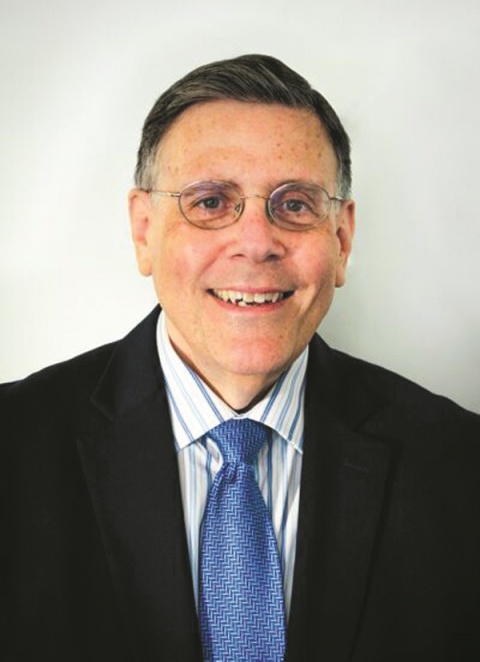Columbia College | Columbia University in the City of New York
Take Five with Alex Sachare ’71

KELLY CHAN BC’17
I was very young and inexperienced, having grown up in a sheltered environment in Brooklyn. Columbia was eye-opening in so many ways, from the diversity of the students (even in the late 1960s, when the percentage from metro NYC was much higher than it is now) to the challenging academic environment to living away from home for the first time. The demonstrations of Spring ’68 came toward the end of my freshman year, a truly astonishing experience in more ways than I can enumerate. I’m so glad I was at Columbia during that time.
What do you remember about your first-year living situation?
I lived in Carman and two of my suitemates were friends from high school, which was great for the three of us but difficult for the fourth guy in the suite, who must have felt like an outsider. However, having two friends so close at hand made the transition to living away from home much easier. The three of us went on as sophomores to take what was then a three-room suite in Hartley, and we were able to keep it for our junior and senior years as well. No housing lottery back then, thankfully!
What class do you remember and why?
The class I most remember cannot be found on my transcript. It was taught by Fred Friendly, the famed former president of CBS News who teamed with Edward R. Murrow on the pioneering documentary series See It Now. It was a graduate course open only to J-School students. But by my senior year, after having worked on Spectator for three years, I knew I wanted to pursue journalism as a career and I persuaded Friendly to let me audit the class as a senior. It was wonderful — he would bring in coworkers from CBS and others in the profession as guests, and I loved every minute of it.
Did you have a favorite spot on campus, and what did you like about it?
The Spectator office, on the third floor of Ferris Booth Hall. I probably spent 50 hours a week there, or outside covering sports events (I was sports editor for two years). I loved the camaraderie of others who enjoyed journalism as much as I did, and it certainly was an exciting place to be during the demonstrations in Spring ’68 and Spring ’70. I’ll never forget seeing the late, great columnist Jimmy Breslin sleeping on a couch in the Spec office because he didn’t want to leave campus and miss anything that was going on.
What, if anything, about your College experience would you do over?
I’d spend a bit less time on Spectator and more time on my studies, thus achieving a better balance. I know I did not get the most that I could have out of the tremendous academic opportunities that were afforded me, and that I regret. That said, my experience at Spectator led to an enjoyable and fulfilling career in journalism, or three “careers” actually — sports writer and pro basketball editor at AP, VP for editorial at the NBA and, most recently, editor-in-chief of Columbia College Today. I’m forever grateful to Spectator for having opened those doors for me.
More “Take Five”
- 1 of 30
- ›

